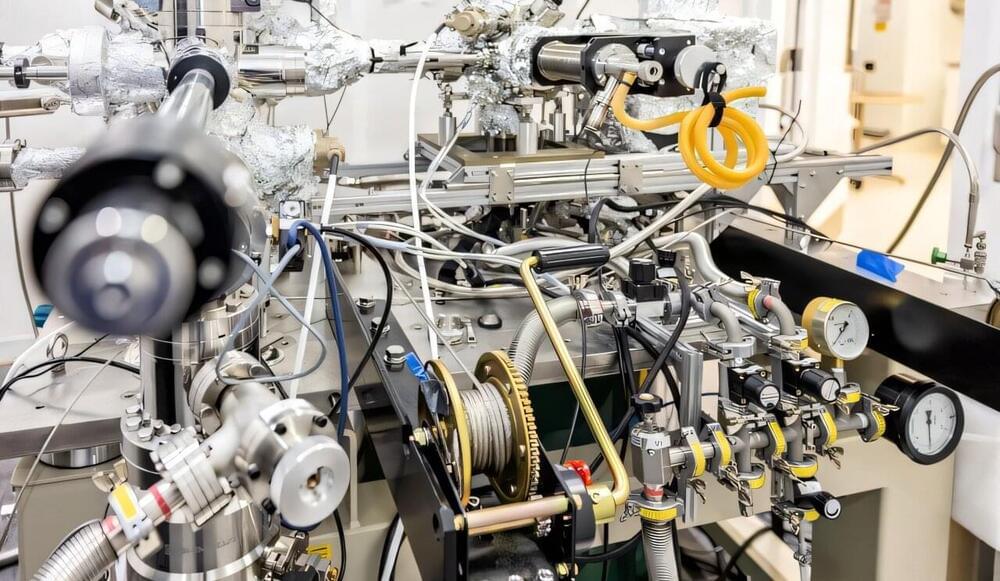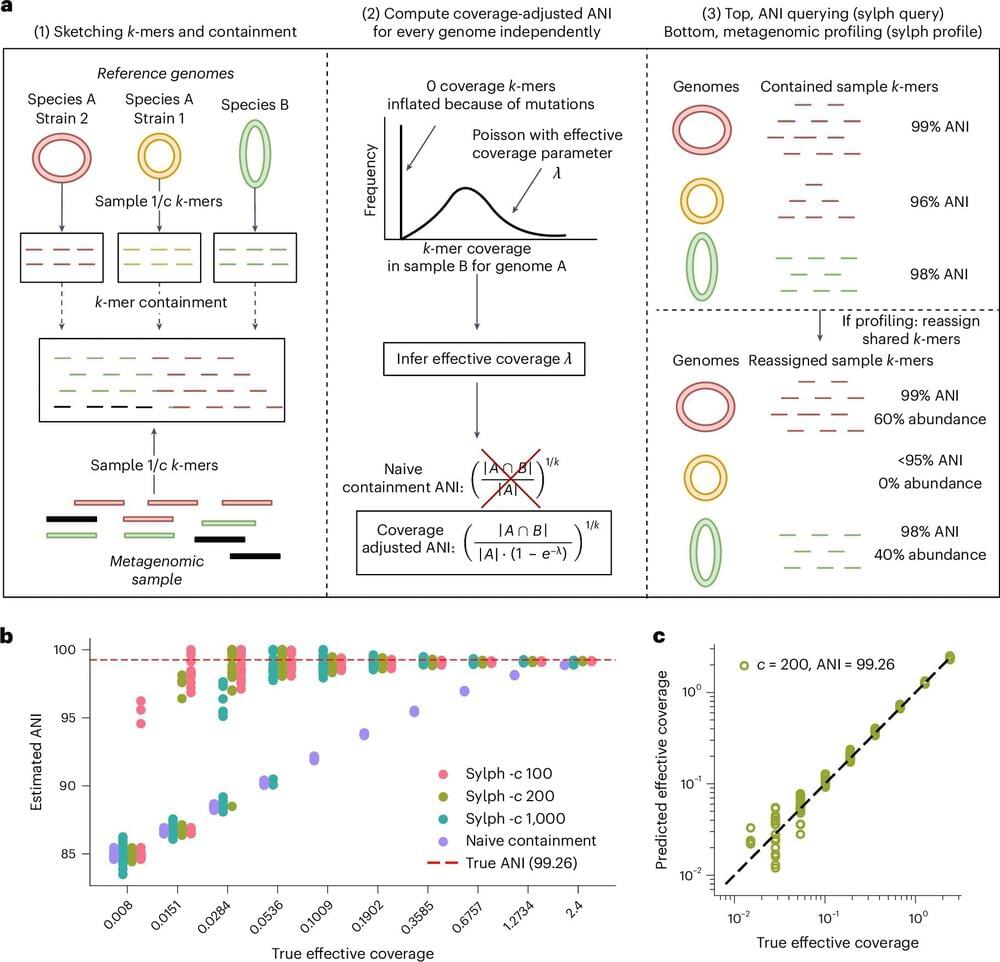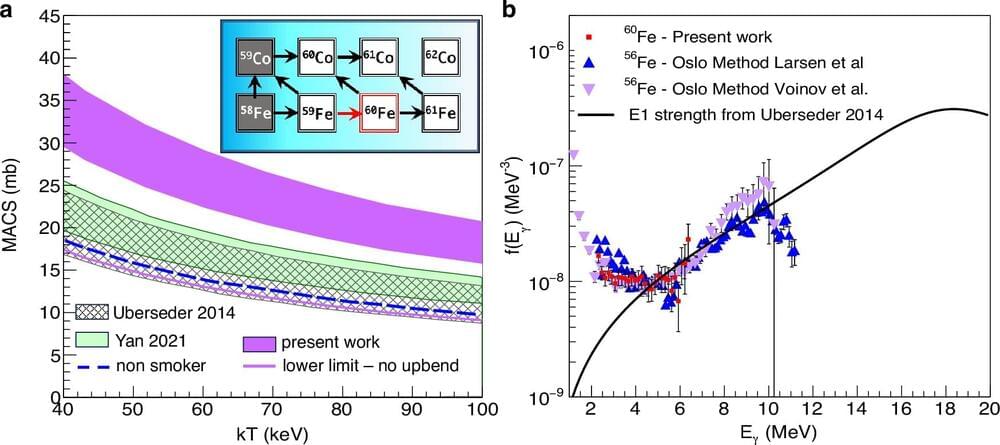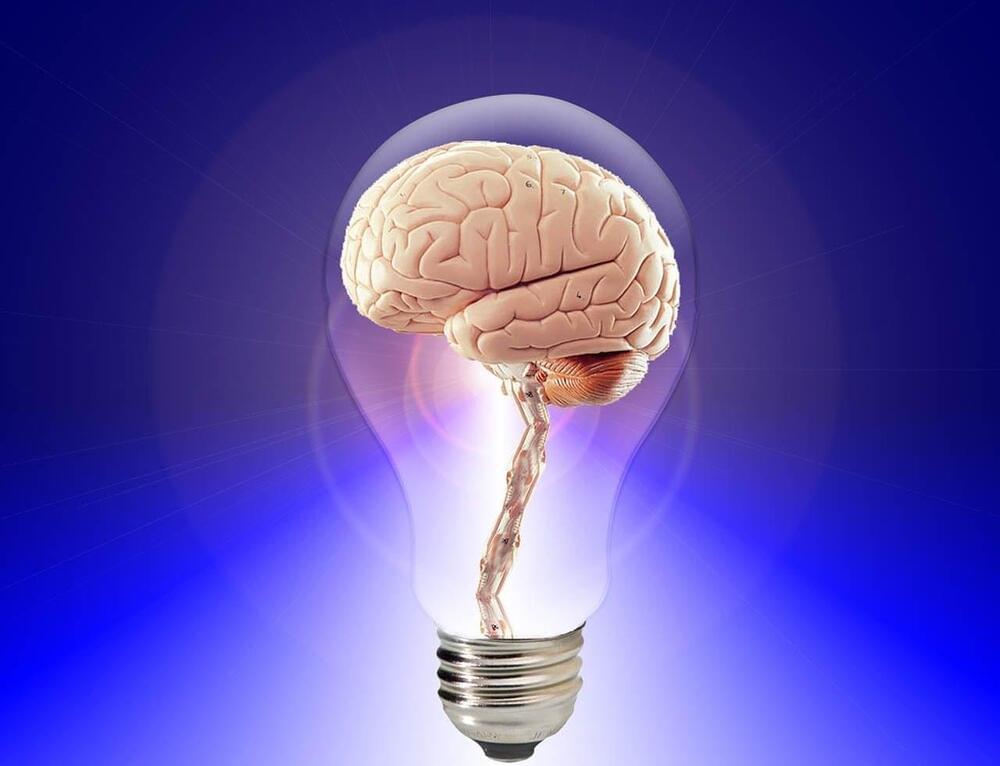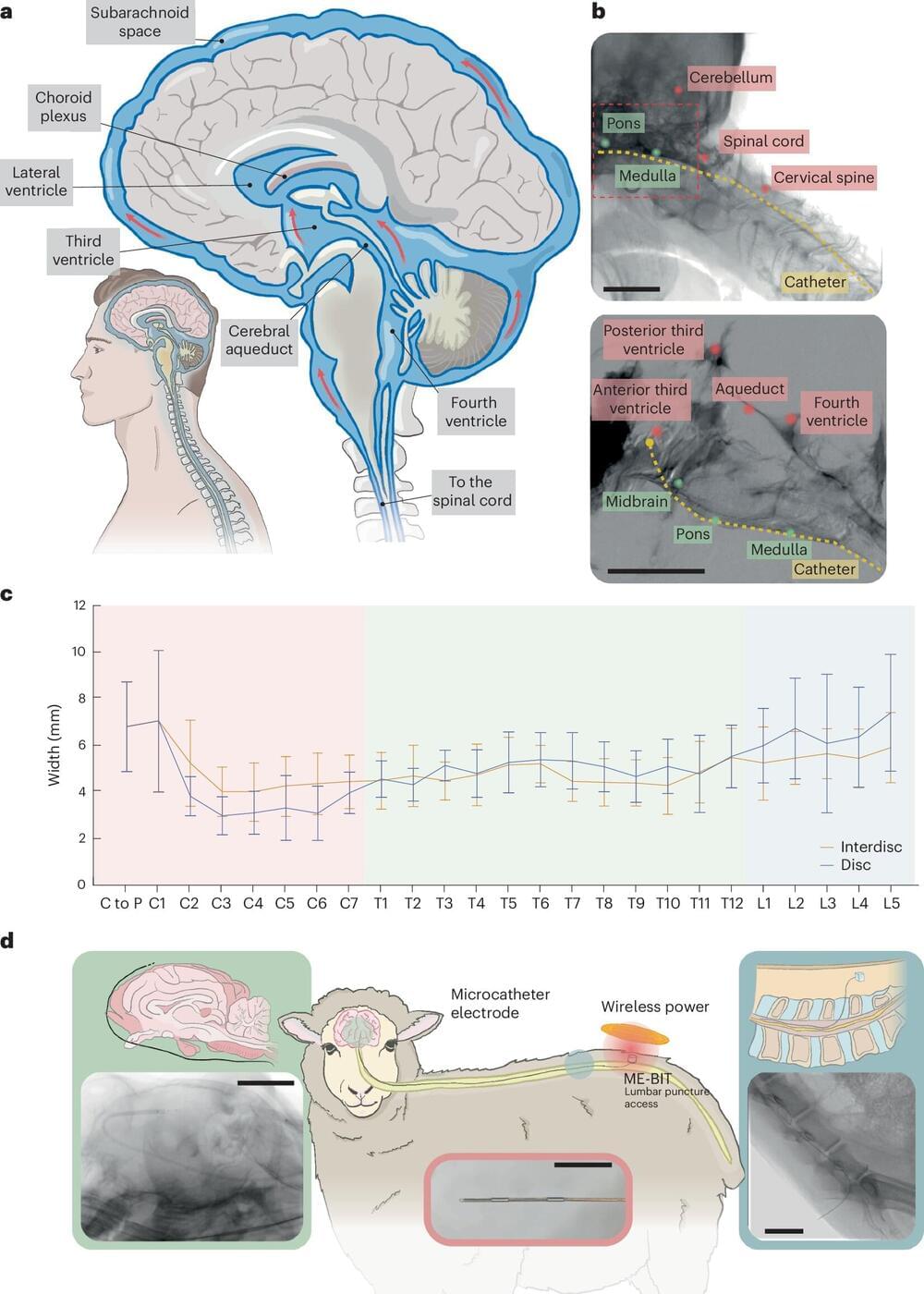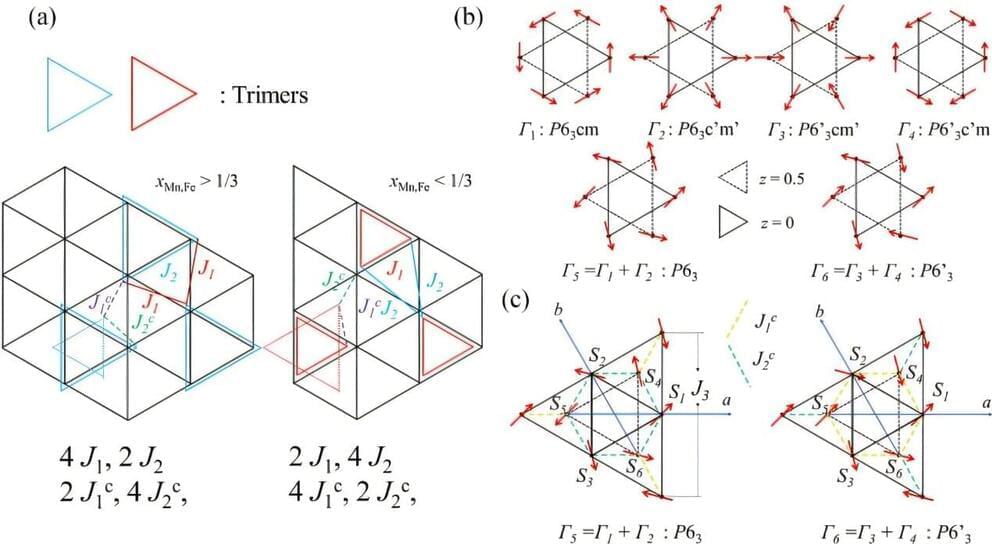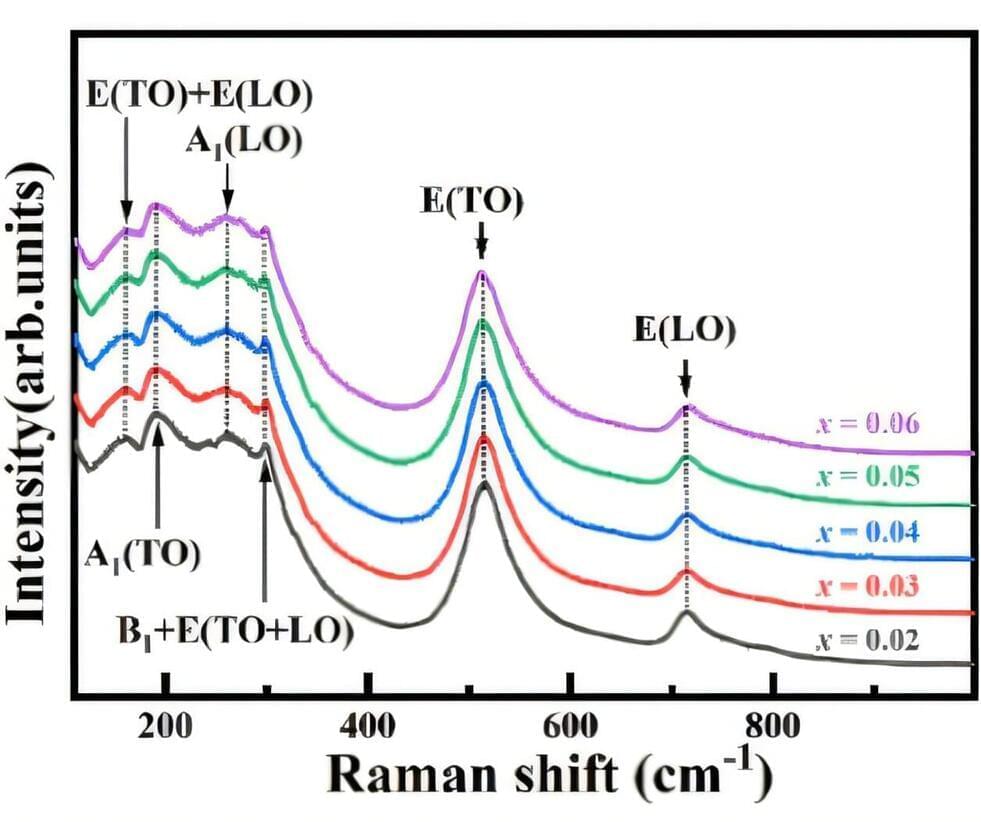If you’ve recently scrolled through Instagram, you’ve probably noticed it: users posting AI-generated images of their lives or chuckling over a brutal feed roast by ChatGPT. What started as an innocent prompt – “Ask ChatGPT to draw what your life looks like based on what it knows about you” – has gone viral, inviting friends, followers, and even ChatGPT itself to get a peek into our most personal details. It’s fun, often eerily accurate, and, yes, a little unnerving.
The trend that started it all
A while ago, Instagram’s “Add Yours” sticker spurred the popular trend “Ask ChatGPT to roast your feed in one paragraph.” What followed were thousands of users clamouring to see the AI’s take on their profiles. ChatGPT didn’t disappoint – delivering razor-sharp observations on everything from overused vacation spots to the endless brunch photos and quirky captions, blending humour with a dash of truth. The playful roasting felt oddly familiar, almost like a best friend’s inside joke.

